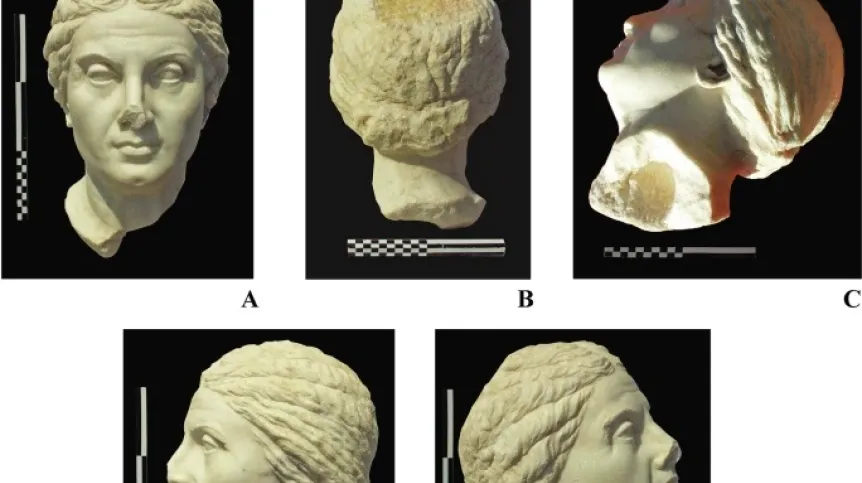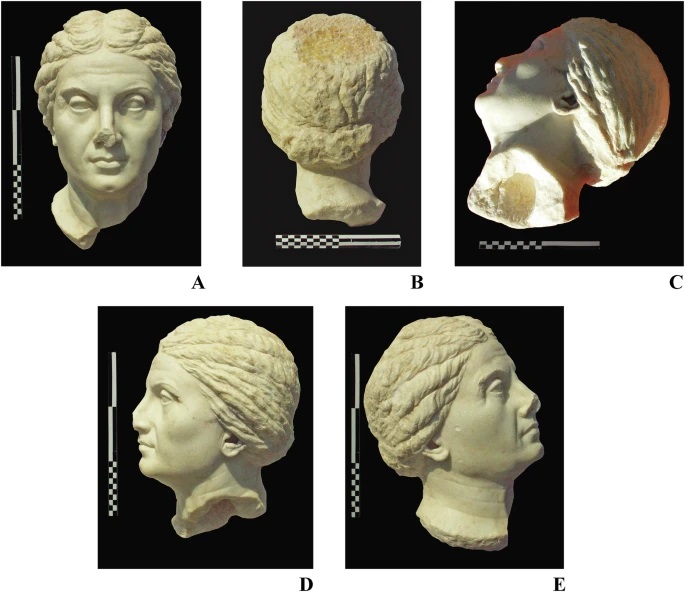
An ancient marble sculpture depicting a woman’s head has been identified as a portrait of Laodice, a Roman woman who lived in the first centuries CE, scientists from Poland and Spain have determined.
The researchers linked the face of a sculpture found by a Polish-Ukrainian archaeological expedition in the Chersonesos Taurica region (Sevastopol, Crimea, Ukraine) in 2003 to the wife of Titus Flavius Parthenocles, a member of the city council and representative of one of the most influential families of Chersonesos.
Lead researcher, Professor Elena Klenina from the Faculty of History at Adam Mickiewicz University in Poznań, had previously suspected that the marble head, discovered during excavations over 20 years ago, depicted a high-status figure.
However, “a detailed, interdisciplinary analysis was needed to confirm this hypothesis,” she said.

The researchers examined the sculpture using a combination of methods: spectral-isotopic analysis of the marble to clarify its origins, wear-testing to determine the sculptor’s skills, carbon-14 analysis, and materials science studies of the layers on the head’s surface.
A stylistic analysis by an art historian from Spain, as well as historical and epigraphic analysis, was also required.
Professor Klenina said: “Identifying Roman portraits, especially those found in remote provinces or outside the Roman Empire, where written sources are limited, presents a significant challenge.”
She added: “The use of interdisciplinary methods in research allowed us to not only determine the date and provenance of the material, but also link the sculpture to a specific historical figure.”
Klenina noted that in the first centuries CE, “Roman women played an active role in political life both within the Roman Empire and beyond its borders.”
The identification was made by scientists from Poznań, the Academy of Fine Arts in Warsaw, and the Universitat Autònoma de Barcelona.
The full paper describing the study is available on the website. (PAP)
PAP - Science in Poland
rpo/ bar/
tr. RL













